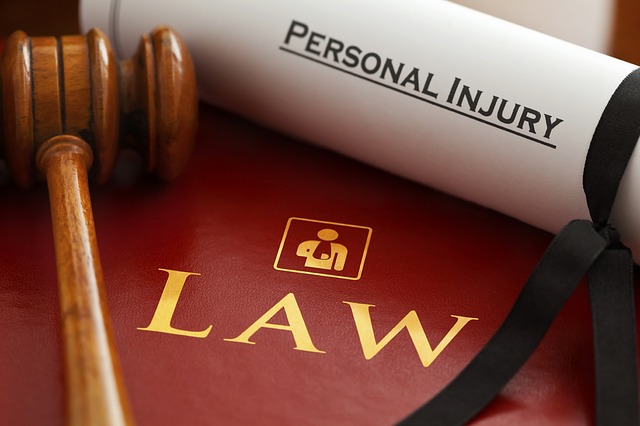The kind of compensation to expect in a personal injury case in which multiple parties are to blame
Personal injury cases might sometimes involve more than one person or entity in which the fault or negligence could rest upon more than one person. According to DLY Injury Lawyers Detroit[1], it is quite challenging to establish the fault involving several people, especially as there are chances that the plaintiff or the person who files the claim may… Read More »

Personal injury cases might sometimes involve more than one person or entity in which the fault or negligence could rest upon more than one person. According to DLY Injury Lawyers Detroit[1], it is quite challenging to establish the fault involving several people, especially as there are chances that the plaintiff or the person who files the claim may also be to blame for the accident. Determining the fault and the person/s responsible for the accident influences the outcome of the case.
Seen from a legal perspective, fault means that someone was responsible for causing harm generally due to carelessness that amounts to negligence and must pay compensation for injuries and all other losses due to the accident. If a personal injury case goes to court, it can result in a civil jury award of many hundreds, thousands, or millions of dollars. This might happen if the compensation claimed is of the exceptionally high amount or the plaintiff is not happy with the settlement offered by the insurance settlers,
In this article, we will talk about a scenario in which multiple parties are at fault[2]. In situations when several parties are at fault, most states follow the rules of contributory negligence or comparative negligence.
Comparative negligence
The comparative negligence rule entails the first assessment to determine the extent of each person’s fault for causing the accident. Take the case of a driver who ran a red light, and at the same time, another driver turned left too soon, which clearly shows that both parties erred and were at fault for causing the accident. The jury or judge or the fact finder would then have the task of determining the extent of the fault of each party. The person who ran the red light was primarily responsible, and the other driver just contributed a little by being negligent. The jury or judge might hold the driver who ran the red light 60% responsible while the other driver’s responsibility is 40%.
The damages that the parties would collect under a pure comparative fault system would be proportional to the percent of the fault. If the driver who turned left suffered $100,000 in damages, he or she could recover $60,000 from the red-light runner. If the red-light runner suffered damages of the same amount, he or she could recover $40,000 from the driver who wrongly turned left.
Contributory negligence
Contributory negligence stipulates that if you contribute to your injury, you cannot hold anyone responsible. If your fault is even one percent in a contributory negligence system, you cannot claim any compensation if you suffer thousands of dollar damages. Although the other person is 99% responsible for the accident and damages, you cannot hold him or her responsible because of your slightest negligence, and you get nothing. The rule is indeed harsh but still in force in some states.
Only a personal injury lawyer can evaluate the prospects of recovering the cost of suffering and damages by considering the laws of the state and ascertaining the fault of the parties involved in the accident.
[1] https://dlyinjurylawdetroit.com/
[2] https://www.calljacob.com/shared-blame-when-more-than-1-person-is-at-fault-in-personal-injury/
Authored by: Kelly Wilson

